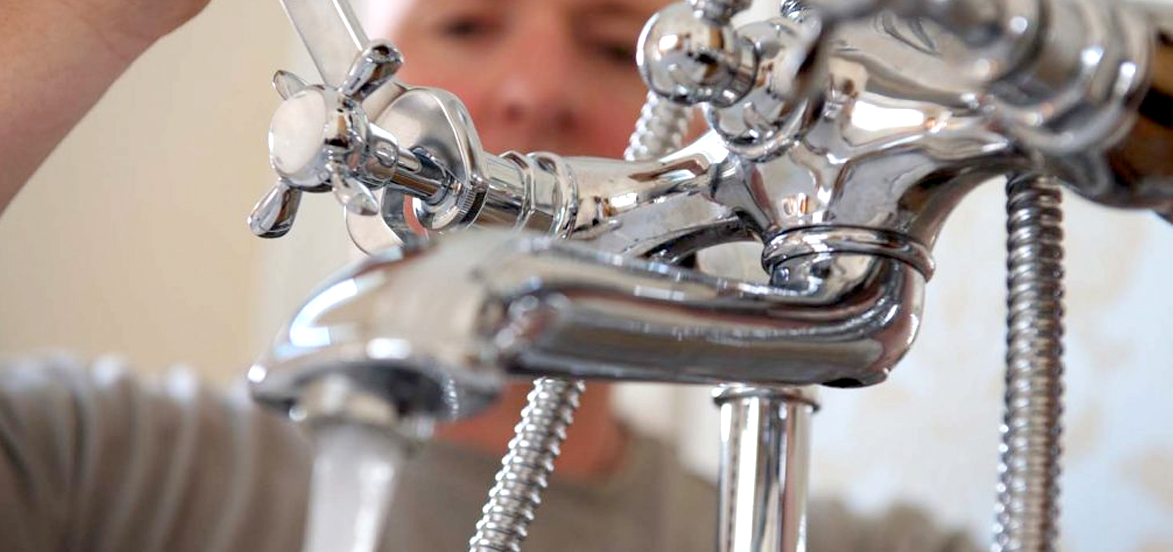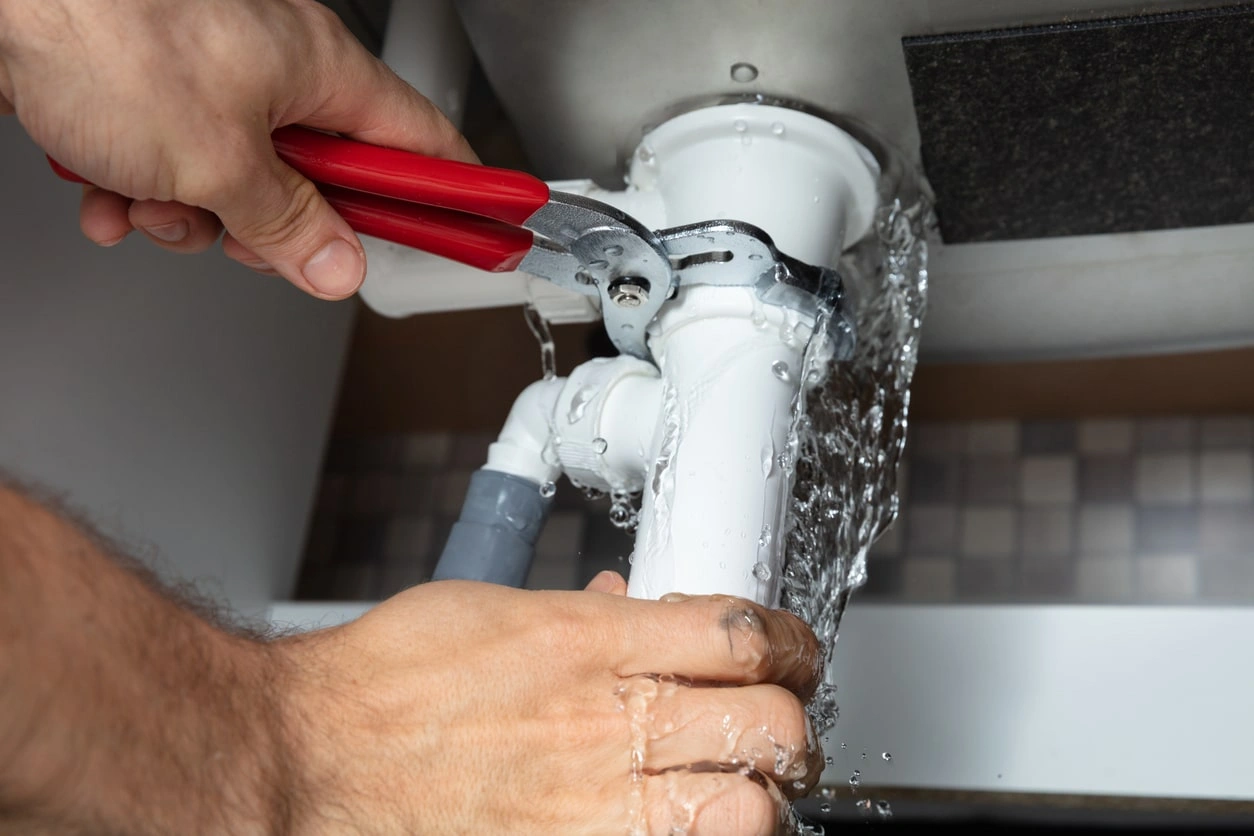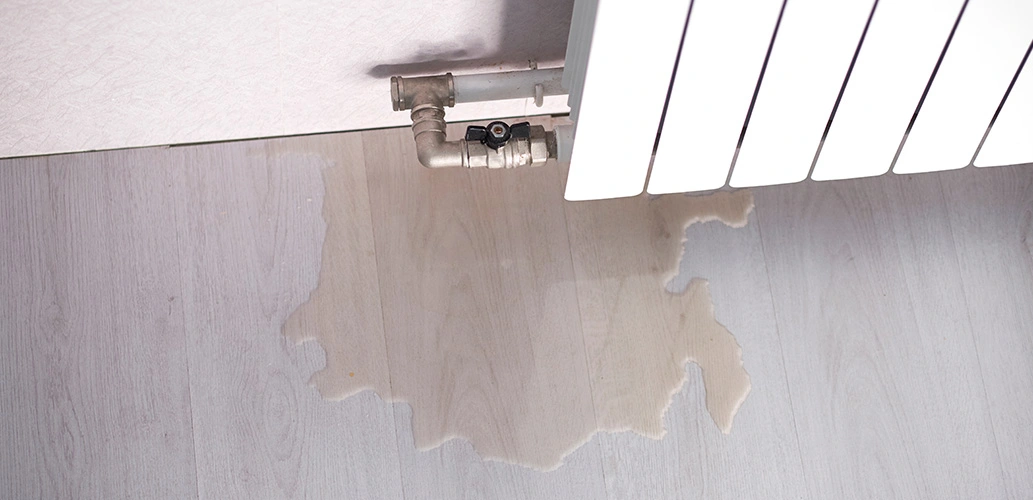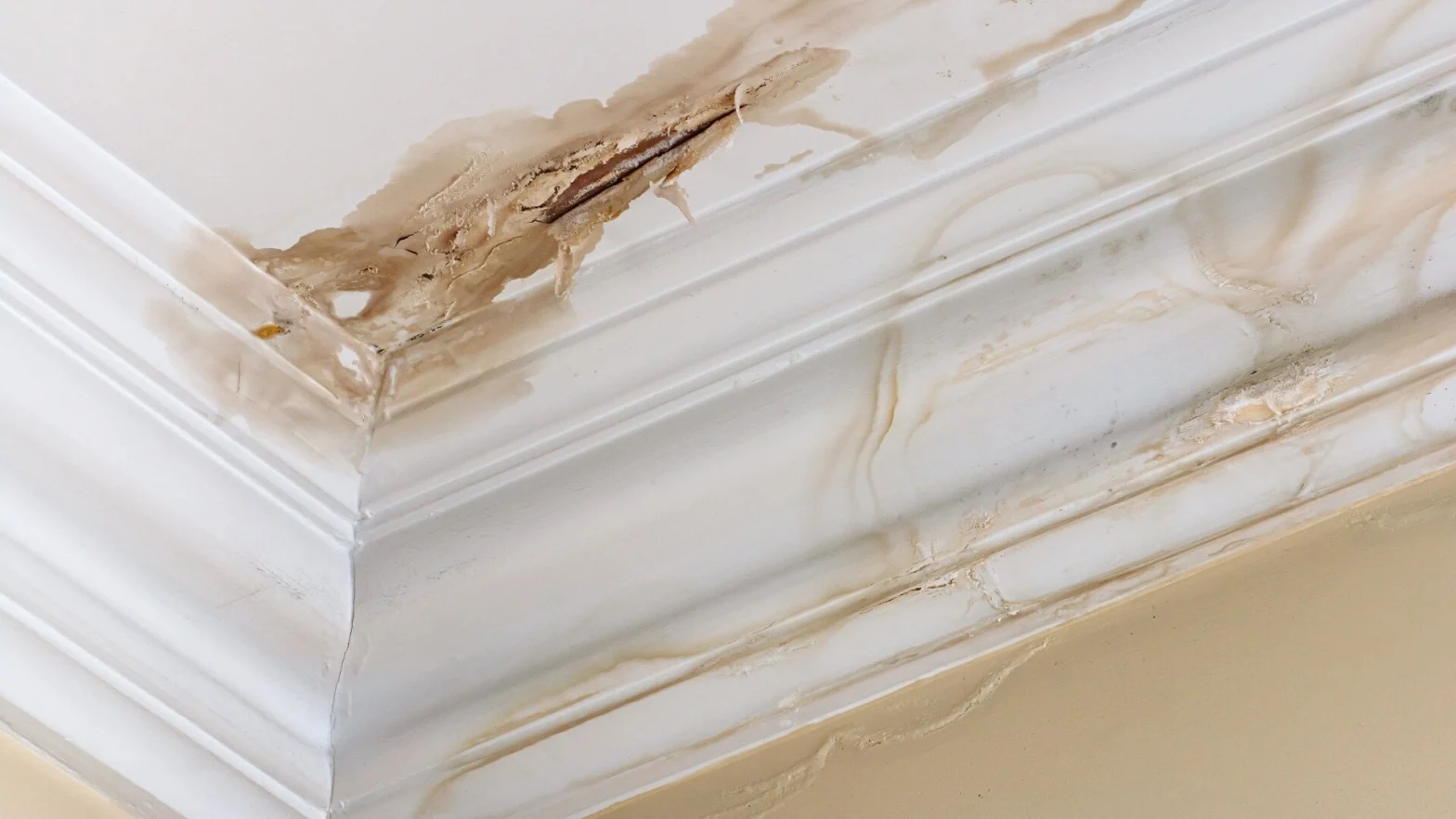5 Common Symptoms Of Water Leak That Go Unnoticed
Every drop of pure water is valuable. Unfortunately, old infrastructure causes 30–50 percent of water loss. And for the water utility provider, lost water equals lost income. Leaks and fractures in pipes and fittings allow water to escape. Because most infrastructure is underground, finding the specific site of these leaks is nearly hard unless the water has reached the surface (creating ponding and sinkholes, structural damage, collapsing pavement, and so on), and even then, the exact location may be uncertain. Leak detection necessitates the use of advanced technology that allows inspectors to pinpoint the exact position and severity of pipeline breaches. This is an area that continues to progress and flourish by incorporating both established technologies and new techniques.
Plumbing leaks are one of the most aggravating issues that homeowners face. Some leaks are straightforward to spot and repair. Leaks hiding inside walls or ceilings, on the other hand, are frequently difficult to detect and can do significant damage before you locate the problem.
Leaks inside the slab might be much more challenging to discover if your house is built on a concrete slab foundation. Pipes run beneath concrete slab foundations and can develop leaks as they age.
So, to ease out water leak detection in Orange County, we have jotted some water leak symptoms. Let’s delve into the warning signs of water leaks that often go unnoticed.
5 Most Common Water Leak Symptoms Alarming You To Avoid Major Water Damage
1. Water Utility Bills That Are Higher Than Usual
If your water bill keeps rising for no apparent reason, you probably have a leak somewhere in your house. Small leaks may quickly mount up, squandering hundreds of gallons of water and increasing your water bill.
Homeowners should monitor their winter water consumption in January or February, according to the US Environmental Protection Agency. There are undoubtedly major leaks in the home if a family of four uses more than 12,000 gallons per month.
Checking your water use when no one is at home is one technique to discover whether there is a leak or not. Before you go, write down the numbers on your water meter and check it when you return. You definitely have a leak if the meter was running in your absence.
High water costs are usually caused due to leaking toilets. On average, thousands of gallons of water may go waste each year due to a leaking toilet. However, its fixing is as simple as changing the flush ball or flapper within the tank to stop these costly leaks.
2. Water Pressure Drop
Sediment buildup in pipes, malfunctioning valves, and water leaks are all common reasons for low water pressure. When you have a leak, the amount of water flowing through your pipes is reduced until it reaches the taps or showerheads.
If your water pressure suddenly drops when no other fixtures are in use, it might indicate a leak somewhere in the system.
3. Mildew And Mold
Mold and mildew growth is observed as a result of persistent water leaks. Mold may cause upper respiratory problems and aggravate allergy and asthma patients, in addition to being ugly. Water leaks can result in the growth of poisonous black mold, which is extremely hazardous.
Mold can form as a consequence of condensation from uninsulated pipes, a leaking washing machine hose, water pouring into the basement, or a leaking pipe.
Experts must carefully repair extensive mold damage. Mold and contaminated things by mold are removed by crews wearing complete protective gear.
Mold destroys wood, drywall, and other materials if left unchecked, so it’s critical to act quickly to avoid costly damage to your house and to safeguard your family’s health.
Mold development is often the cause of a persistent, musty stench in your basement. Moreover, mold produces fumes that generate a musty stench as it develops and spreads. Don’t overlook a musty stench, no matter what’s generating it. Finding the primary source of the problem and fixing it will save you money in the long run.
4. Ceiling Water Stains
A water leak is indicated by a black patch or other discoloration on the ceiling. These patches usually suggest a roof leak, but if you find a discolored area on the ceiling below an upstairs or bathroom, the leak is most likely originating from that bathroom. Because you won’t discover evidence of a leak on the ceiling until it’s been there for a time, you should take care of leaks as soon as you see it.
5. Blistering or Peeling paint, Sagging ceilings, or Damaged flooring:
When the paint or wallpaper on a wall starts to peel or blister, it’s a sign that there’s a leak somewhere within. By the time peeling or blistering appears, the leak has most likely been there for some time and requires quick care to avoid additional harm. Because drywall and wood absorb moisture, the structure underneath the wall is frequently compromised and must be rebuilt.
A leaking roof or a leaking pipe is the most common cause of sagging ceilings. You’ll often notice discoloration as well as a drooping ceiling. Sagging ceilings are unsafe and must be fixed as soon as possible to avoid a catastrophic collapse, which is not only dangerous but also untidy and costly to restore.
A concealed leak from the toilet or a pipe under the floor is most likely the source of warping, discoloration, or a soft area in your bathroom floor.
In a kitchen, tiles may become loose, and the caulking may crack and peel. Basement carpeted sections that become wet or have a musty odor are also indicators of a leak beneath the flooring.
Now, you know the warning signs of water leak, but do you know why the water leaks are caused in your household? Well, rest easy, we have got you covered.
MOST COMMON CAUSES OF WATER LEAKS IN HOUSEHOLDS
Water wastage, property damage, and undesirable organic growth can be encouraged by leaks. Unfortunately, because much of your home’s piping is hidden, you may not always be aware that a leak has developed. However, residential water leak detectors are very helpful to assure the suspected leak. Also, understanding and looking for frequent conditions that cause leaks is one of the greatest methods to safeguard your house against future leaks.
- Seals That Have Been Broken:All water hookups are sealed by the contractor when they install your appliances. Seals can also be found in unexpected locations, such as inside your dishwasher door. The seal on your appliances may break or wear out as they age. You may have a damaged seal if you detect condensation on your appliance or puddles surrounding it.
- Blocked Lines:Clogged drains are inconvenient for many people. However, some blockages might result in overflowing or broken pipes. Obstructions in air handler drain pans or gutters, for example, might cause significant water damage. To avoid major blockages, keep your gutters and HVAC system clean.
- Corrosion:Rust and other kinds of corrosion may eat away at your pipes as your plumbing system ages. If you observe discoloration or warping in your pipes, call a plumber straight away to examine the damage. Consider replacing any pipes that are at high risk of corrosion with modern versions if you have an older plumbing system.
- Pipe Joints That Have Been Damaged:The weakest spot in a line is usually where your pipes link. Pipe couplings can degrade over time, resulting in leaks. Unfortunately, the majority of pipe joints are not visible. If your pipes are making a ticking or banging noise, especially when you turn on the hot water, your pipe joints are probably under a lot of strain. Once a year, one should get their system inspected by an expert plumber for precise water leak detection in Orange County.
- Water Pressure In Excess:Although high water pressure feels good, it can put a strain on their pipes if the pressure is excessively high or unequal. The majority of pipes and faucets can only tolerate a certain amount of water pressure. Any more pressure might result in leakage. If you’re concerned about your water pressure, have it measured by a professional.
- Tree Roots Getting In The Way:Some of the most typical water leaks begin outside rather than within your home. Tree roots, for example, might encroach on water pipes, allowing moisture to leak into your yard. Have a professional plumber check for incursion if you detect any new damp spots or sinkholes in your yard, notice a sudden reduction in water pressure, or have trees growing close to your property.
- Loose Connectors:The hoses and pipes that provide water to your appliances might become loose at any time, creating a leak. Shifting is a common cause of loose water connections. Shaking during the spin cycle, for example, might cause a leak in your washing machine hose. You may see water pouring directly from the supply line or collecting puddles around the appliance if you have a water connection leakage.
- Quick Changes In Temperature:Extreme temperature variations in your pipes might cause them to expand and shrink unexpectedly. The pipes may break due to this expansion and contraction, especially if the expansion and contraction are induced by cold temperatures. Keep an eye on how your plumbing functions. The existence of the factors, as mentioned earlier, frequently implies a significant probability of leakage.
However, the leaking pipes can cause serious issues throughout your home, whether it is an ordinary water leak or a dangerous slab leak. If you ignore leaking pipes for a long time, they may cause havoc throughout your house. So, let’s find out the issues you may have to face due to leaky pipes.
Repercussions Of Leaky Pipes
Leaky pipes may cause a variety of problems, including poor water quality, warped and discoloured walls, invasive black mould, and floods, to name a few.
Leaky pipes are the most common cause of a warped or discolored wall in your house. If left unchecked, this damage can reduce the value of your property, costing you a lot of money if you want to sell it in the future. It might also be expensive to repair a wall and the plumbing behind it.
Mold may grow in your house if there is too much moisture. Mold thrives in bathrooms, but it may also be discovered behind any wall and beneath any sink. Mold from leaky pipes is dangerous to one’s health and must be treated immediately. The longer you neglect it, the more damage it will cause, costing you even more money.
Flooding is, of course, the worst-case scenario for leaks that go untreated. A single busted pipe is all it takes for a flood to sweep through your home. Water damage from floods may be costly and time consuming to repair. Keeping it from becoming an issue in the first place is far more inexpensive! Well, such issues can be avoided by calling a professional water leak detection service.
Mitigate Water Leak Troubles With Professional Assistance
Water leaks are a severe problem that requires the attention of a qualified specialist as soon as possible.
Water and moisture will seep into walls, carpets, gaps in your ceiling, and other areas if a leak is not fixed immediately, causing extensive damage. The longer you wait to remedy a leak, even if there isn’t obvious damage, the more extensive harm it can cause. So, go for pros to avoid all the hassles of water damage.
Cali’s Choice Plumbing and Restoration team will diagnose the problem and fix the damage. Whether it’s a simple leaky faucet, a big pipe burst, and even the most dangerous slab leaks, we have effective solutions for you. Our team is proficient in handling any size task, from a simple ceiling drywall replacement to whole-home reconstructions that we can bill straight to your insurance company.
Water leaks in the home that go unnoticed can cause significant harm. If you suspect a water leak on your property, please contact us immediately to schedule 24/7 water leak detection service in Orange County.








